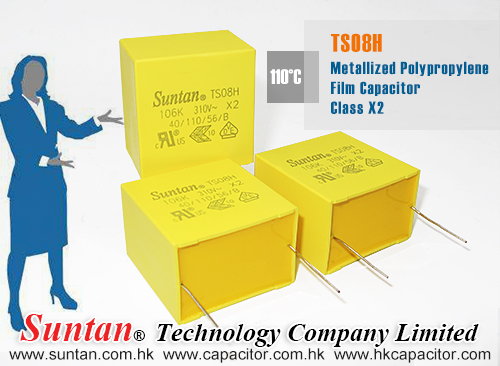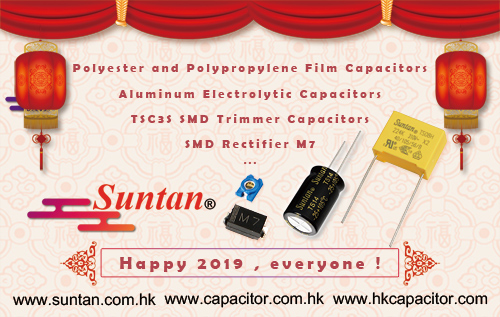Suntan Technology Company Limited
---All Kinds of Capacitors
Se você quer saber como escolher o capacitor certo, você está na página certa, vou dar-lhe uma resposta simples para esta pergunta, sem entrar em todos os detalhes.
Existem vários tipos de condensadores de acordo com os seus desenhos e mecanismos. No entanto, vamos torná-lo mais fácil de quebrar os capacitores em duas categorias principais: capacitores polarizados e capacitores não polarizados.
A diferença entre um condensador e um condensador polarizado não polarizado é que o condensador polarizada tem um positivo e um lado negativo, e geralmente, condensadores polarizados são offent custo muito menor do que condensadores não polarizados de capacitância e a mesma voltagem.
Você precisa de um capacitor polarizado? Ou um condensador não polarizado?
Se você estiver procurando por um capacitor polarizado, ir para um capacitor eletrolítico. Existem dois tipos de capacitores eletrolíticos: Tântalo e alumínio.
• Alumínio
Capacitores de alumínio são barato e comum. Estes capacitores estão disponíveis em componentes através de buracos e de superfície tipos montar, escolher o alumínio um, se você não precisa dele para um propósito especial.
• Tântalo
Se você precisa de um pequeno e durável capacitor, você deve escolher o tipo de tântalo. Eles trabalham em ambientes com uma vasta gama de temperatura. Muitos condensadores de tântalo estão disponíveis em versões não-polarizadas também.
Se o seu aparelho eletrônico requer capacitores não polarizados, você pode ir para um capacitor filme, um condensador de cerâmica ou um capacitor mica. Tipo Ceramic é barato, enquanto o tipo de filme e mica é mais confiável e tolera temperaturas elevadas.
Existem alguns outros tipos de condensadores bem, mas as acima são os mais comuns.
Suntan produzir uma ampla gama de capacitores, incluem os capacitores eletrolíticos de alumínio acima, condensadores de tântalo, capacitor de filme, capacitores de cerâmica e Mica capacitor.
Se qualquer atenda às suas necessidades, por favor envie um email para nossa equipe de vendas profissional
sales@suntan.com.hk


